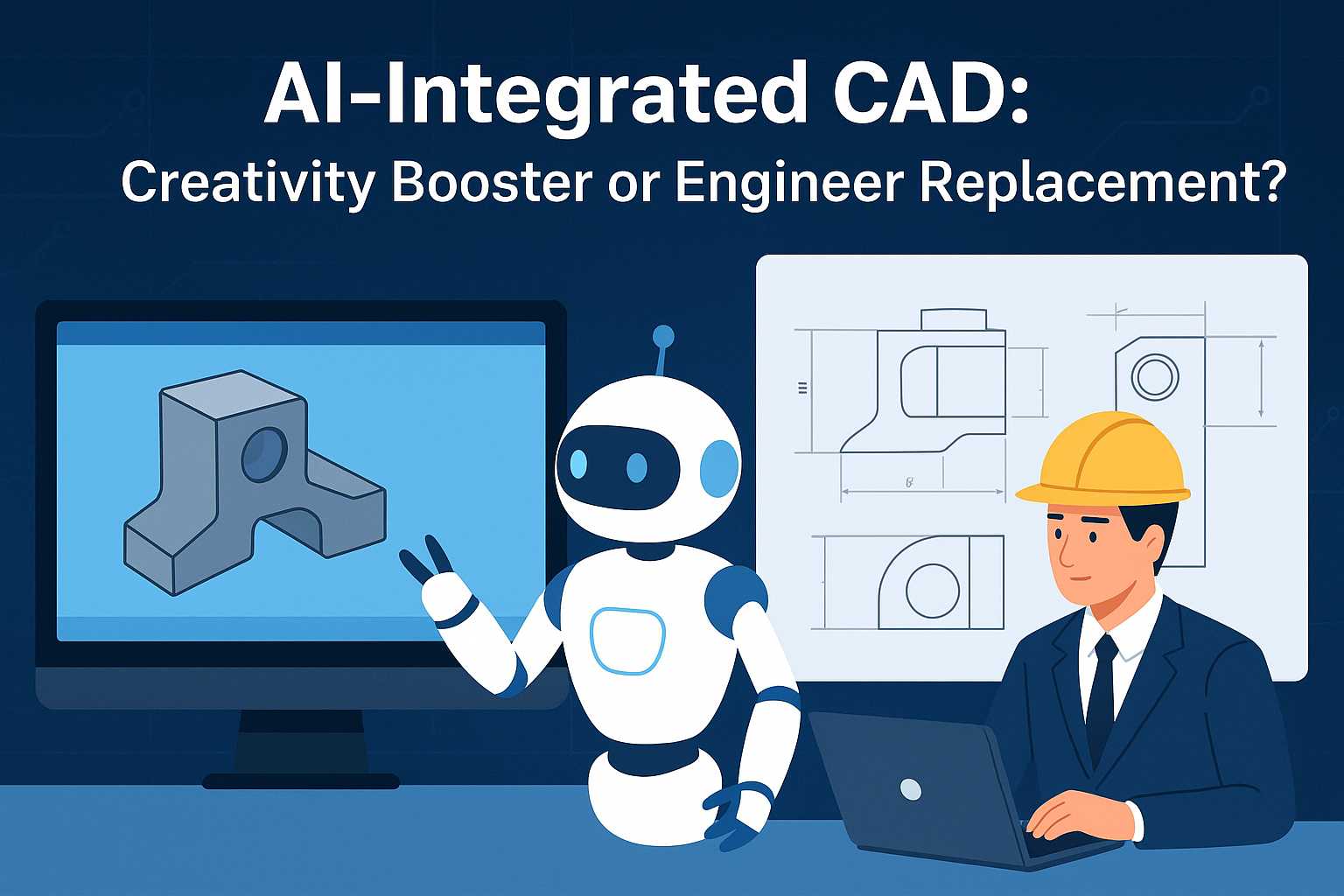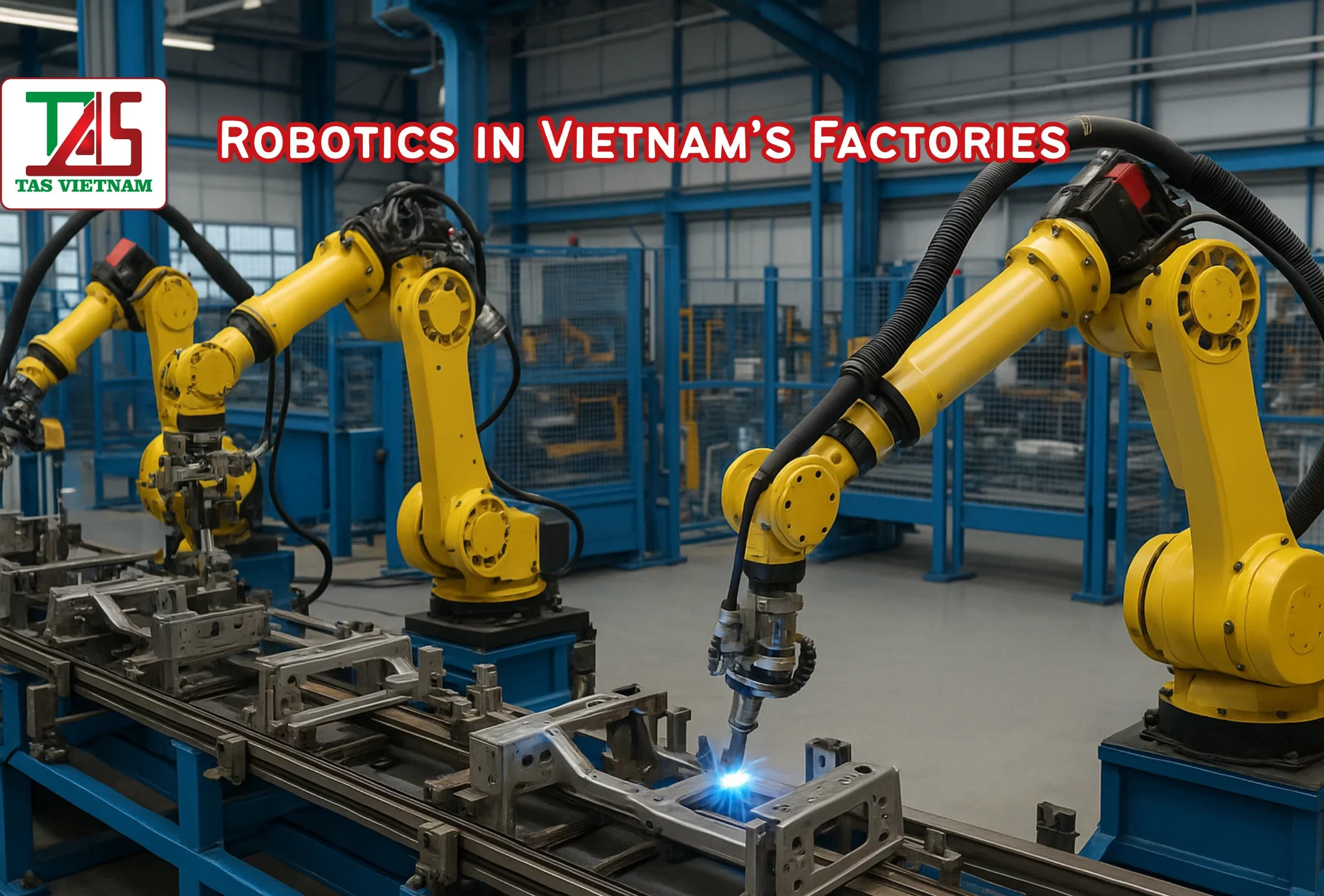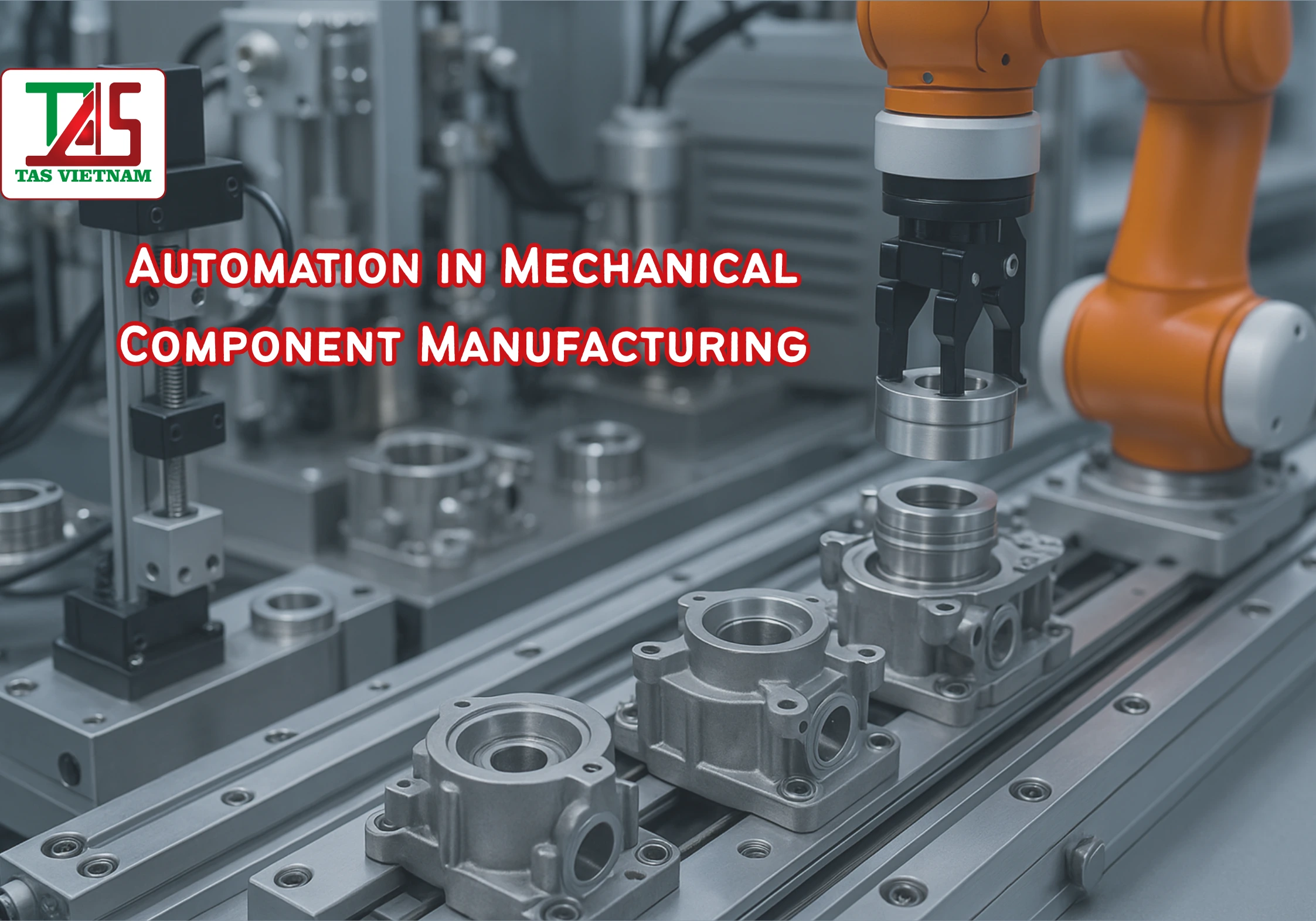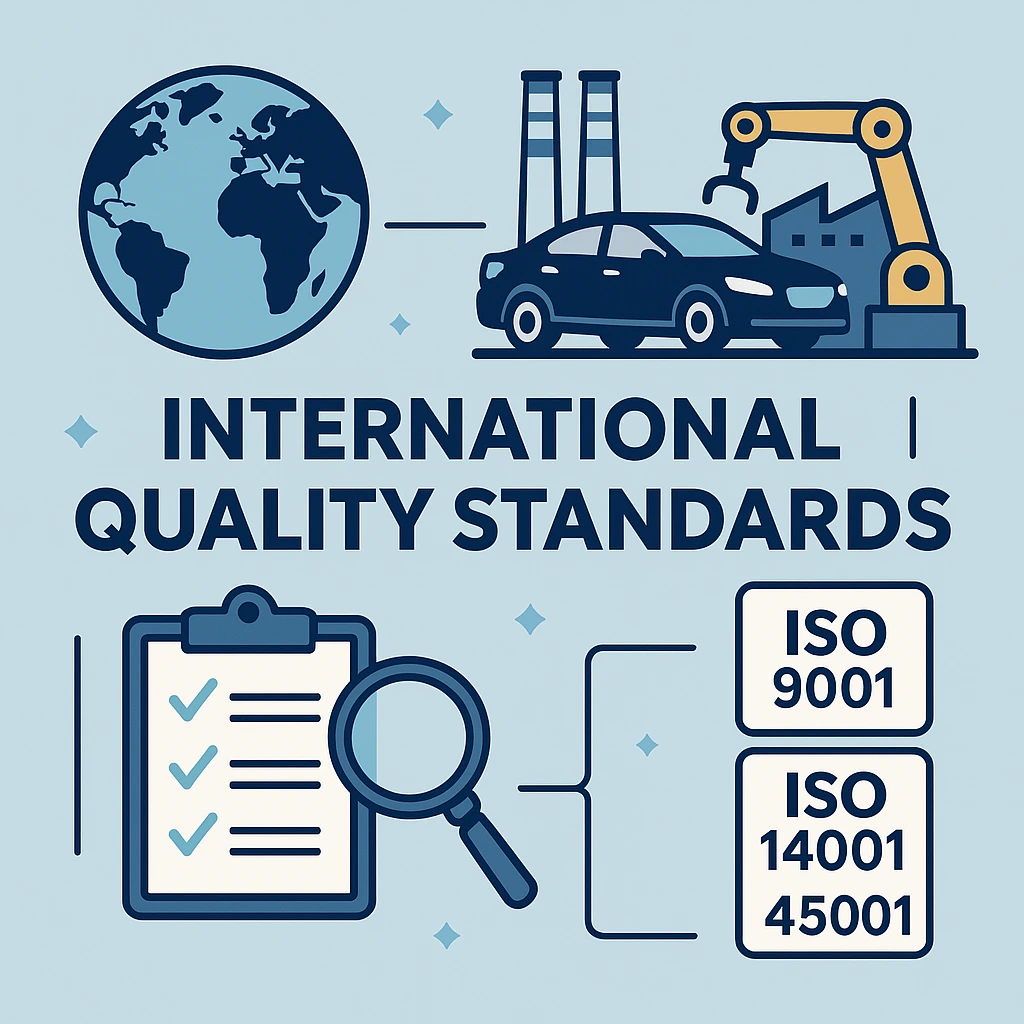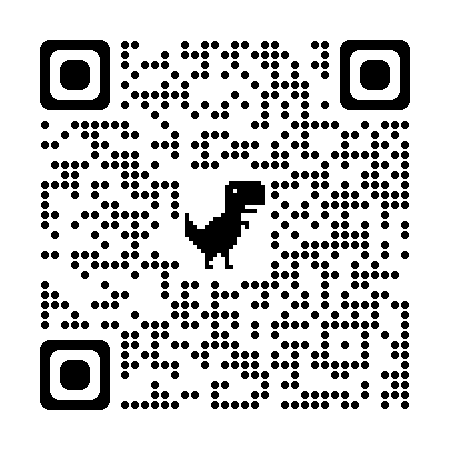In the era of Industry 4.0 and digital transformation, the convergence of Computer-Aided Design (CAD) and Artificial Intelligence (AI) is reshaping the engineering and manufacturing landscape. The question arises: can AI actually replace human engineers, or is it primarily a tool that enhances creativity and efficiency? This article explores both perspectives, highlighting the opportunities and challenges — and positioning how companies like TASVINA can leverage this trend.
1. The Current Role of CAD and AI in Engineering Design
Traditional CAD systems support engineers in creating 2D/3D models, generating technical drawings, performing assembly checks, and preparing data for CAM/CAE simulations. These processes rely heavily on engineers’ expertise, experience, and iterative refinements.
With AI integration, CAD platforms are evolving to offer capabilities such as generative design, real-time error detection, automated optimization, and task automation.
- For instance, Autodesk Fusion leverages AI-driven generative design to produce optimized geometry based on predefined parameters.
- SOLIDWORKS with assistive AI helps engineers streamline repetitive operations, automatically suggest corrections, and validate models.
- Siemens NX incorporates AI to enhance usability and predict design intent during the modeling process.
This evolution demonstrates that AI-CAD is no longer futuristic — it is becoming an intelligent design partner.
2. CAD + AI as a Creative Enabler
2.1 Automating repetitive tasks
AI handles labor-intensive activities such as geometry clean-up, parameter assignment, and collision detection. This frees engineers to focus on conceptual design, innovation, and problem-solving.
2.2 Expanding design possibilities
Generative design algorithms allow AI to propose multiple viable design alternatives that meet performance, cost, or material constraints. Engineers can evaluate, refine, and choose the most promising solution.
2.3 Early prediction and analysis
AI-powered CAD tools can predict structural weaknesses, stress concentrations, or potential design flaws during the early modeling phase. This reduces the number of redesign cycles and accelerates time-to-market.
2.4 Enhancing collaboration
Operating on cloud-based platforms, AI-driven CAD systems enable real-time collaboration, data sharing, and integration across design, analysis, and manufacturing teams.
In short, AI-CAD acts as a creative catalyst — accelerating workflows, reducing human error, and enabling engineers to explore unconventional yet optimized solutions.
3. Will AI Replace Engineers?
Despite its power, AI cannot fully replace engineers — at least not in the short to medium term. The reasons are clear:
- Human creativity and intuition: Engineering requires practical experience, contextual decision-making, and creative problem-solving — qualities that AI struggles to replicate.
- Data dependency and limitations: AI relies on training datasets, which may not exist for novel or proprietary designs. This raises concerns about accuracy, bias, and intellectual property.
- Supervision required: AI-generated outputs may be geometrically correct but impractical in terms of manufacturability, cost, or assembly. Engineers remain essential for validation and refinement.
- Implementation cost: Deploying AI-enabled CAD demands significant investment in infrastructure, integration, and workforce training, which can be a barrier for SMEs.
Therefore, AI is best understood as augmentation rather than substitution: it enhances engineers’ capabilities without eliminating their role.
4. TASVINA’s Position in the AI-CAD Landscape
As a technology-driven engineering company specializing in automotive design, high-tech product development, embedded systems, and automation, TASVINA is well positioned to harness AI-CAD innovations:
- Internal adoption: Applying AI-enhanced CAD/CAM for faster design iterations and error reduction.
- Value-added services: Delivering not just CAD modeling, but AI-optimized design solutions that improve performance, reduce cost, and shorten product cycles.
- Technology transfer & training: Assisting clients in adopting AI-driven CAD workflows and training engineers to maximize productivity.
- R&D partnerships: Collaborating with CAD/AI providers such as Autodesk, Siemens, and PTC to develop customized solutions for specific industries.
- Data security focus: Ensuring intellectual property protection and deploying AI locally for clients in sensitive sectors like automotive and precision engineering.
This positions TASVINA not only as a design service provider but as a strategic partner in digital transformation.
5. Conclusion
The question “AI-integrated CAD: a creative assistant or a replacement for engineers?” is best answered with balance: AI enhances creativity and efficiency but does not replace engineers.
Forward-looking companies like TASVINA can gain a competitive edge by embracing AI-CAD, turning it into a productivity booster, innovation enabler, and client value differentiator.




